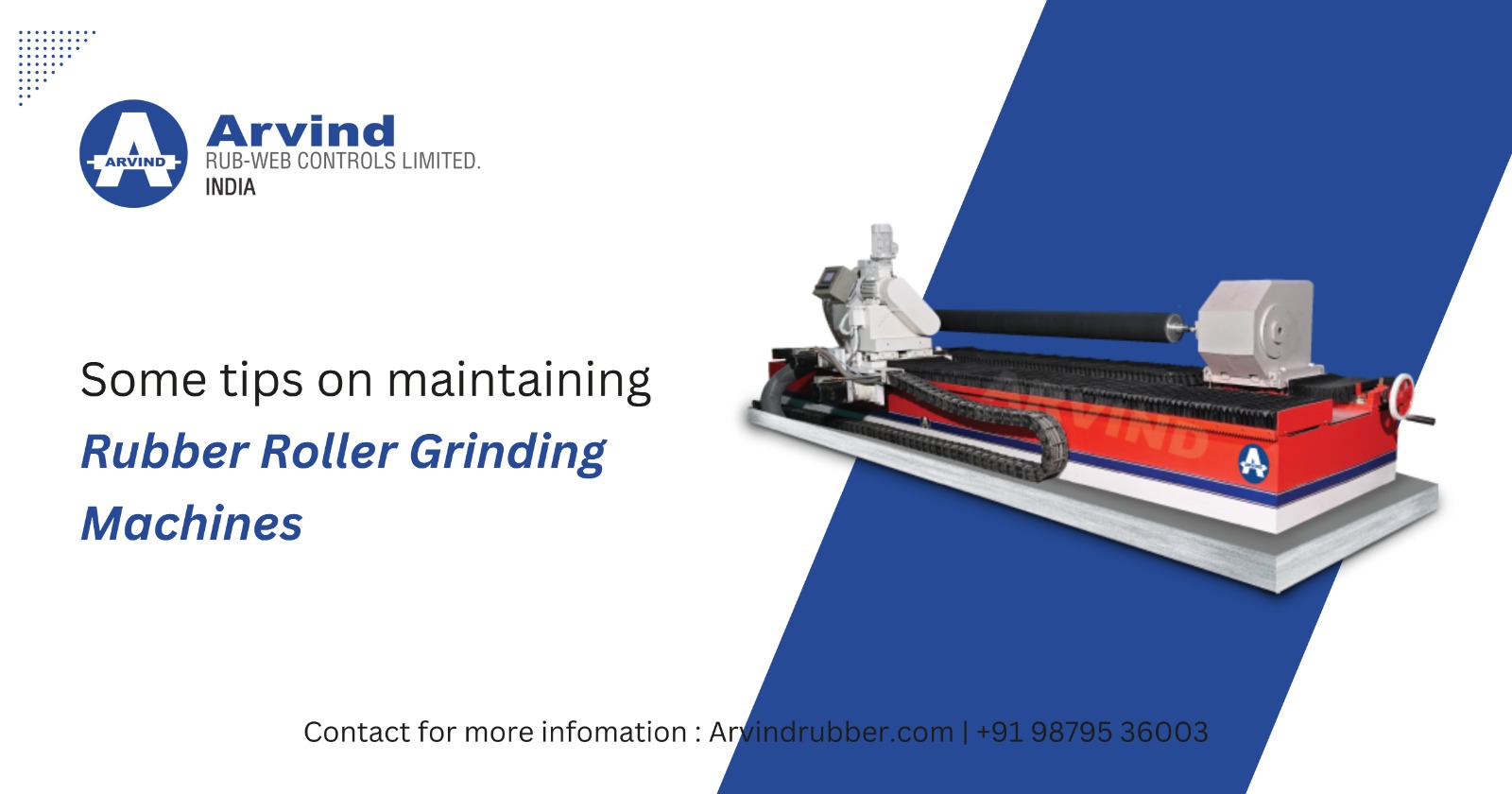
A solid knowledge of the rubber roller grinding business and its specific challenges is essential for maintaining such machines. These machines are vital for manufacturing procedures and are subjected to thorough grinding operations, frequently in every setting. To guarantee that these devices run smoothly and dependably, reducing downtime and boosting efficiency, proper maintenance is essential. Users may boost the lifespan of their equipment and guarantee consistent grinding quality by sticking to a complete maintenance plan that includes routine inspection, cleaning, lubrication, and following manufacturer instructions. In industrial settings, efficient maintenance procedures not only increase equipment performance but also enhance overall operating efficiency.
What exactly is a Rubber Roller Grinding Machine?
A specialized tool for refining and grinding rubber rollers is a rubber roller grinding machine. Rubber rollers are manufactured or rebuilt in industrial settings, typically with these machines. Reducing extra rubber material while making sure the roller's surface is consistently smooth is the primary objective of a rubber roller grinding machine. For the purpose of providing the rubber roller with the correct finish and dimensional correctness, this process may entail polishing, grinding or other methods. Depending on the particular needs of the rollers being treated, rubber roller grinding machines come in a range of sizes and complexity.
Tips for maintaining Rubber Roller Grinding Machines
As we know maintenance is important to have the machine functioning well. Let us have a look at the tips that will help for maintaining rubber roll grinding machines:
Inspect Regularly:
A regular examination is essential to detecting any potential issues early on. Inspect grinding surfaces, belts, and bearings for wear indications. In order to ensure optimum efficiency, check for imbalance or loose bolts. If these problems are handled immediately, expensive repairs and downtime can be averted.
Cleaning:
After grinding sessions, offer the machine a thorough wipe down to get away from any dirt and rubber dust. To clean places that are hard to use vacuums, air blowers, or brushes are used. In addition to guaranteeing peak performance, cleanliness helps avoid accumulation that may compromise longevity and accuracy.
Lubricate Moving Parts:
It's essential that you correctly lubricate rollers, bearings, and other moving parts. Reduce wear and friction through the use of the lubricants that the manufacturer suggests. Avoid over-lubricating as this could bring in dust and debris and may give rise to harm.
Verify Alignment:
Make sure that each element has been placed according to the manufacturer's guidelines. Uneven wear on belts and grinding surfaces because of misalignment could affect the quality of the final product. To ensure consistent performance, check alignment frequently and make any adjustments.
Track Grinding Performance:
Keep checks on the consistency and quality of your grinding. Differences in the performance caused by grinding could point to difficulties like outdated grinding wheels or incorrect settings. Adjust variables like pressure and speed when necessary to get the desired effects and prolong the life of grinding parts.
Replace Consumables:
The standard and efficacy of grinding are affected by the wear and tear of grinding wheels and belts over time. When it comes to updating consumables based on usage or wear indicators, read the manufacturer's instructions. Timely replacement guarantees peak efficiency and prolongs the lifespan of the machine's parts.
Periodically Test:
Accuracy in grinding operations is guaranteed by periodic calibration. Pay attention to the verification intervals and procedures indicated by the manufacturer. Calibration promotes accuracy and consistency in grinding outcomes by investigating and altering parameters like pressure, speed, and alignment.
Observe Manufacturer Guidelines:
Stick with the recommended maintenance schedule and protocols provided by the manufacturer. These rules are meant to maximize equipment efficiency and guard against early wear and damage. For details about particular maintenance procedures, lubricants, and replacement schedules, check the machine's manual.
Train Operators:
A grinding machine's safe and effective operation is dependent on its operators receiving sufficient instruction. Make sure employees know how to properly use the equipment, carry out regular maintenance, and spot potential problems. Operators with proper training can increase equipment longevity, reduce downtime, and help avoid accidents.
Store Correctly:
Keep the machine out of the reach of damp and dust by storing it in a clean, dry area when not in use. Rubber parts deterioration and metal component rusting can both be avoided with proper storage. To guarantee that the machine stays in excellent condition for the next usage and to shield it from airborne contaminants, cover it if at all possible.
Wrapping up
Maintaining rubber roller grinding machines at their best efficiency and longevity requires dedication to maintenance procedures. Operators can ensure steady grinding quality and reduce wear by performing thorough cleanings, inspections on a regular basis, and prompt replacement of consumables. Improving operational efficiency and reducing downtime can be achieved by complying to rubber roller manufacturers specifications concerning lubrication, alignment, and calibration. Another important factor in extending the machine's lifespan is a dedication to storing it in an appropriate environment and hiring operators with the appropriate training. In the end, these procedures maintain industrial applications' productivity while also protecting the longevity of the machines.


